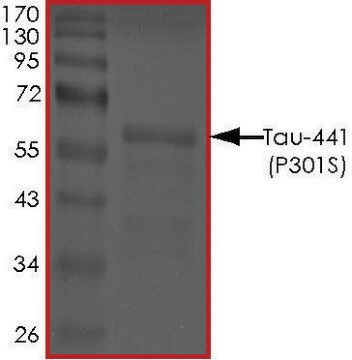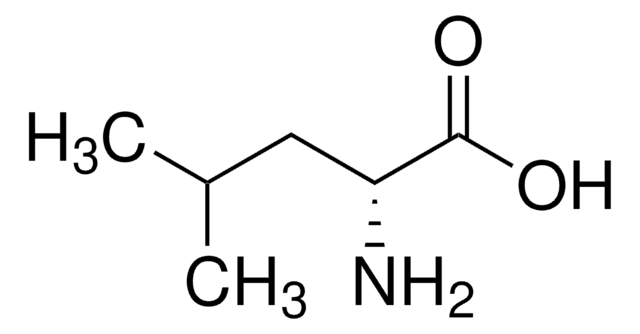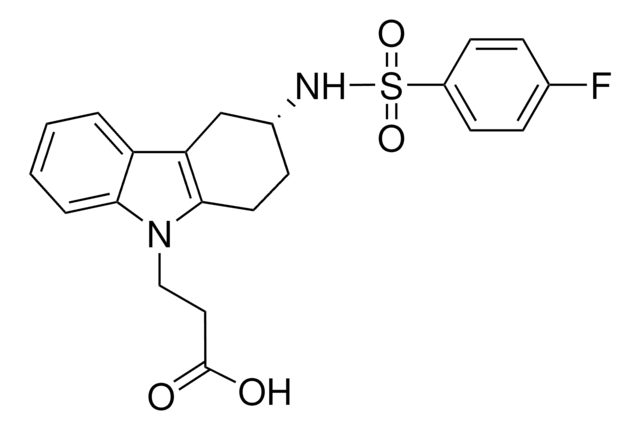推荐产品
生物源
human
重組細胞
expressed in baculovirus infected Sf9 cells
化驗
≥70% (SDS-PAGE)
形狀
aqueous solution
分子量
75 kDa
包裝
pkg of 10 μg
NCBI登錄號
UniProt登錄號
運輸包裝
dry ice
儲存溫度
−70°C
基因資訊
human ... PADI1(29943)
一般說明
Human PADI-1, also known as Peptidyl arginine deiminase, type I, (GenBank Accession No. NM_013358), amino acids 1-663 (end) with C-terminal FLAG-tag, MW= 75 kDa, expressed in a Baculovirus infected Sf9 cell expression system.
應用
Useful for the study of enzyme kinetics, screening inhibitors, and selectivity profiling.
儲存類別代碼
10 - Combustible liquids
水污染物質分類(WGK)
WGK 3
閃點(°F)
Not applicable
閃點(°C)
Not applicable
Marina Guerrin et al.
The Biochemical journal, 370(Pt 1), 167-174 (2002-11-06)
Peptidylarginine deiminases (PADs) catalyse a post-translational modification of proteins through the conversion of arginine residues into citrullines. The existence of four isoforms of PAD (types I, II, III and IV) encoded by four different genes, which are distinct in their
Rachida Nachat et al.
The Journal of investigative dermatology, 124(2), 384-393 (2005-01-29)
Post-translational conversion of arginine to citrulline residues is catalyzed by peptidylarginine deiminases (PAD). Although the existence of five isoforms of PAD has been reported in rodents and humans, their tissue distribution, substrate specificity, and physiological function have yet to be
T Kanno et al.
The Journal of investigative dermatology, 115(5), 813-823 (2000-11-09)
Peptidylarginine deiminase catalyzes the post-translational modification of proteins through the conversion of arginine to citrulline in the presence of calcium ions. In rodents, peptidylarginine deiminase has been classified into four isoforms, types I, II, III, and IV, which are distinct
我们的科学家团队拥有各种研究领域经验,包括生命科学、材料科学、化学合成、色谱、分析及许多其他领域.
联系技术服务部门







